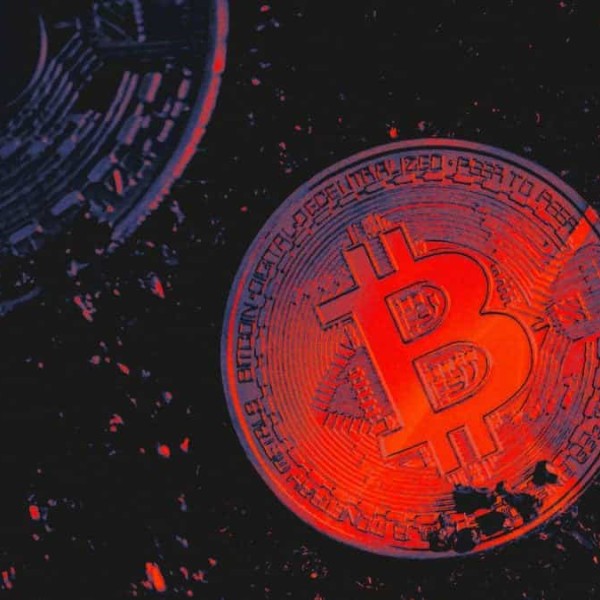Silver's Silent Revolution: How Housing Demand and Demographics Are Fueling a Bull Case for SIVR
- Global silver demand surges from housing construction and aging populations, driven by smart homes, solar tech, and healthcare infrastructure. - Structural supply deficits persist as mining output stagnates, creating a 800M-ounce gap between industrial demand and production since 2021. - SIVR ETF offers direct physical silver exposure, leveraging undervaluation (gold-silver ratio at 90-100:1) and industrial scarcity amid demographic-driven demand. - Aging populations and green energy transitions position
The global silver market is at a pivotal inflection point , driven by a perfect storm of structural supply constraints, surging industrial demand, and demographic-driven economic cycles. While the metal's role in renewable energy and electronics has dominated headlines, a quieter but equally powerful force is reshaping its trajectory: the housing sector's evolving relationship with silver. Coupled with the "Silver Tsunami" of aging populations, this dynamic is creating a compelling case for physical silver investment—particularly through the abrdn Physical Silver Shares ETF (SIVR).
The Housing Sector's Silver Surge
From 2023 to 2025, global housing construction has emerged as a critical driver of silver demand. Modern residential infrastructure relies heavily on silver for electrical wiring, photovoltaic (PV) panels, and smart home technologies. The Asia-Pacific region, led by India's 7% annual construction growth, is spearheading this trend. By 2025, residential construction is projected to absorb over 700 million ounces of silver annually, with solar PV alone accounting for 17% of industrial demand in 2024.
The misalignment between housing demand and silver supply is stark. While residential construction is expanding at 10% annually, silver production from lead/zinc mines—its primary source—has stagnated. Recycling, though up 6% in 2024, remains insufficient to offset the gap. This creates a self-reinforcing cycle: as housing demand outpaces supply, silver's industrial value proposition strengthens, yet its price remains anchored by outdated assumptions of oversupply.
Demographics as a Catalyst
The aging population is accelerating this shift. By 2030, the U.S. senior population (aged 65+) will reach 84 million, with 50% of the 80+ cohort requiring age-specific housing and healthcare infrastructure. These facilities demand advanced electrical systems, energy-efficient materials, and AI-driven technologies—all of which rely on silver. For instance, a single smart home system can contain up to 20 grams of silver in its wiring and sensors.
Moreover, the "Silver Tsunami" is reshaping real estate investment strategies. Single-family rental (SFR) and healthcare REITs are now core allocations for institutional portfolios, reflecting the growing need for senior-focused housing. This demographic-driven construction boom is not just a short-term trend but a structural shift, with silver embedded in the very fabric of aging societies.
Structural Deficits and Undervaluation
Silver's supply-side inelasticity is compounding the imbalance. With 70% of production derived as a byproduct of base metal mining, the industry lacks the flexibility to respond to surging demand. Mine output has declined by 7% since 2016, while industrial demand has grown by 51% in the same period. The result? A cumulative structural deficit of 800 million ounces from 2021 to 2025.
This scarcity is reflected in the gold-silver ratio, a key indicator of relative value. Historically averaging 65:1, the ratio has spiked to 90-100:1 in 2025, signaling extreme undervaluation. Silver's price, despite hitting decade highs near $38/oz, remains disconnected from its fundamentals. The market is pricing in a world where supply meets demand, not one where industrial and monetary demand are colliding.
SIVR: The Strategic Play
The abrdn Physical Silver Shares ETF (SIVR) offers a direct, low-cost (0.30% expense ratio) route to capitalize on this dislocation. As a physically-backed ETF, SIVR holds silver bullion in secure vaults, avoiding synthetic exposure risks. Its structure aligns with the current macroeconomic environment:
- Industrial Scarcity: SIVR benefits from the 200+ million-ounce annual deficit, as industrial demand outpaces supply.
- Monetary Hedge: Silver's dual role as both an industrial metal and a store of value makes it a unique hedge against inflation and currency debasement.
- Liquidity and Accessibility: With over 95 million ounces flowing into silver ETFs in 2025, SIVR provides a liquid, scalable vehicle for investors.
A Silver Squeeze on the Horizon
The market is primed for a "silver squeeze," where a surge in demand—driven by housing, demographics, and green energy—could overwhelm the limited supply of freely traded silver. With global silver inventories at multi-decade lows, even incremental buying could trigger sharp price spikes. SIVR's physical backing ensures investors are positioned to benefit from this scenario, unlike paper-based alternatives that may lag in price discovery.
Conclusion: A Strategic Allocation
The convergence of housing demand, demographic shifts, and structural supply deficits is creating a rare investment opportunity. Silver's undervaluation, as evidenced by the stretched gold-silver ratio, suggests significant upside potential. For investors seeking exposure to a commodity at the intersection of industrial and monetary demand, SIVR offers a compelling, cost-effective solution.
As the world builds for an aging population and a greener future, silver is not just a metal—it's a foundational asset. The question is no longer if the price will rise, but when.
Disclaimer: The content of this article solely reflects the author's opinion and does not represent the platform in any capacity. This article is not intended to serve as a reference for making investment decisions.
You may also like
JPMorgan Chase issues Galaxy short-term bonds on Solana network
The three giants collectively bet on Abu Dhabi, making it the "crypto capital"
As stablecoin giants and the world's largest exchange simultaneously secure ADGM licenses, Abu Dhabi is rapidly emerging from a Middle Eastern financial hub into a new global center for institutional-grade crypto settlement and regulation.

Bitcoin liquidity has been reshaped. Which new market indicators should we focus on?
Currently, the largest holders of bitcoin have shifted from whales to publicly listed companies and compliant funds. The selling pressure has changed from retail investors' reactions to the market to capital impact from institutions.

Strategy Confronts MSCI Head-On: The Ultimate Defense of DAT
Not an investment fund! Why is holding oil allowed but not crypto? How does Strategy criticize MSCI's proposal?
